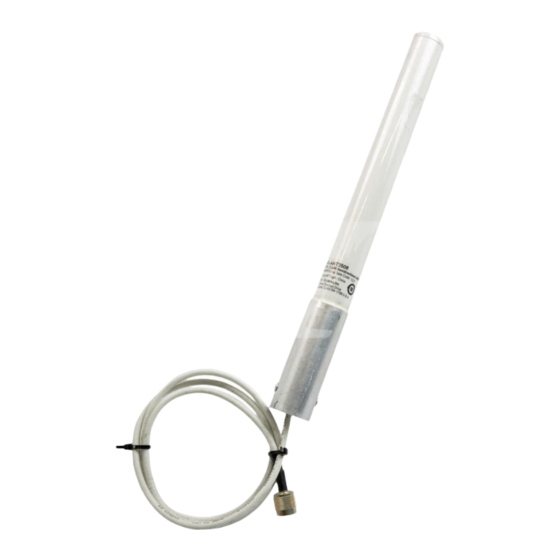
Advertisement
Quick Links
Reference Guide
Aironet
Antennas
Cisco
Overview
Executive Overview
This antenna reference guide is intended to provide information to assist in understanding the
®
issues and concerns of antennas used with a Cisco Aironet
Wireless LAN system, or Wireless
Bridge system. It details deployment and design, limitations, and capabilities, and basic
theories of antennas. This document also contains information on the Cisco antennas and
accessories as well as installation scenarios, regulatory information, and technical
specifications and diagrams of the available antennas.
Overview of Antennas
Each Cisco Aironet radio product is designed to perform in a variety of environments.
Implementing the antenna system can greatly improve coverage and performance. To optimize
the overall performance of a Cisco wireless LAN, it is important to understand how to
maximize radio coverage with the appropriate antenna selection and placement. An
antenna system comprises numerous components, including the antenna, mounting hardware,
connectors, antenna cabling, and in some cases, a lightning arrestor. For additional consultation,
please contact your authorized Cisco Aironet partner. Cisco Partners can provide onsite
engineering assistance for complex requirements.
Cisco Systems, Inc.
All contents are Copyright © 2003 Cisco Systems, Inc. All rights reserved. Important Notices and Privacy Statement.
Page 1 of 29
Advertisement

















Need help?
Do you have a question about the Aironet AIR-ANT3351 and is the answer not in the manual?
Questions and answers